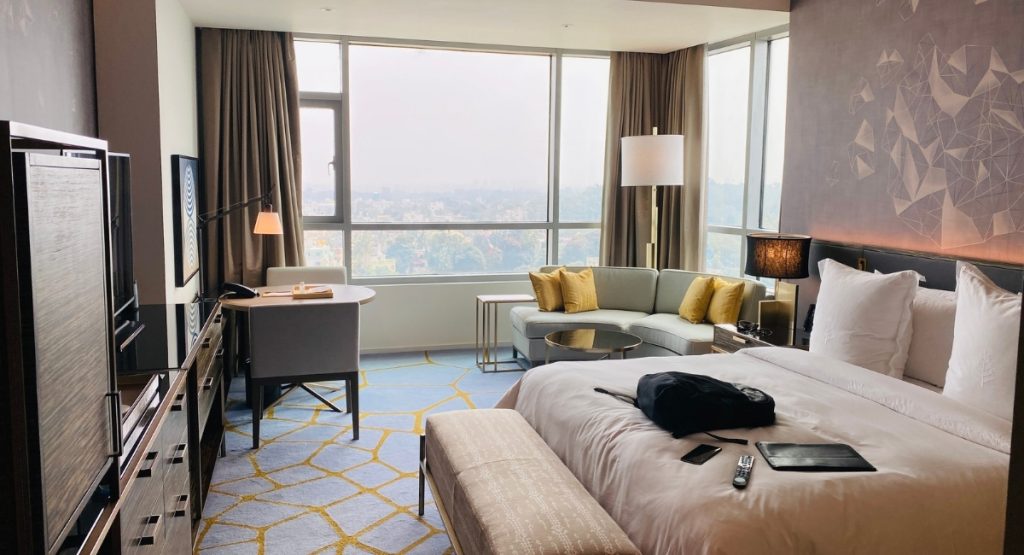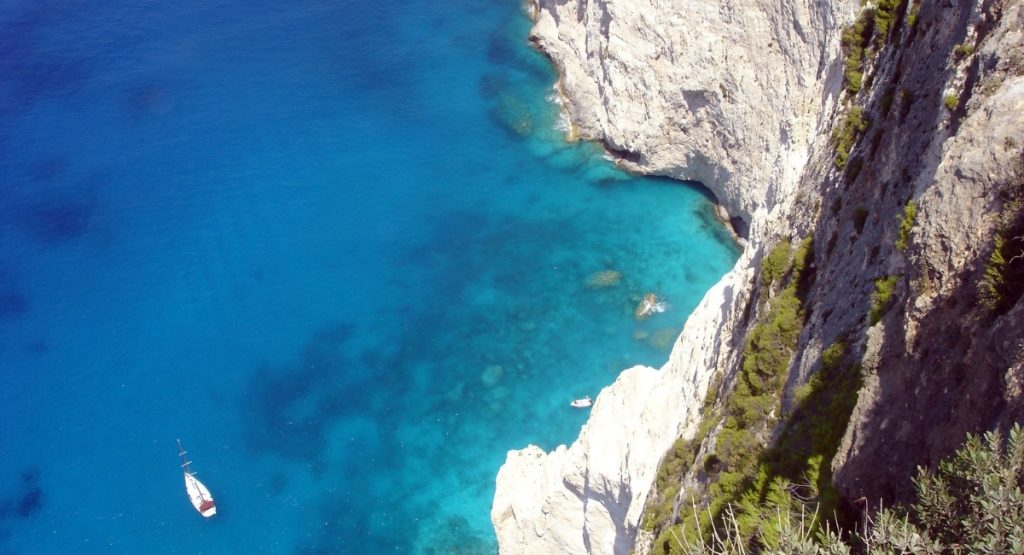
Hotel website must-haves
Hotel owners often focusing first on creating a beautiful website for their property. It’s true that the first impression comes from striking photos, atmospheric videos, and impressive design. But in reality, appearance alone is not enough. A hotel website is not a “digital brochure.” It’s a sales tool that converts visitors into paying guests.
In today’s highly competitive hospitality industry, travelers have endless choices. Your hotel’s website can be the deciding factor between a direct booking with you or a booking through one of your countless competitors -or via an OTA (Online Travel Agency).
And here lies the big difference: every direct booking means higher profit margins and less reliance on OTA commissions.
So, let’s look at the essential features every hotel website must have – not just to impress, but to truly increase bookings.
1. A clear and easy-to-use booking engine
The booking button is the most critical element of a hotel website.
If it’s not visible, doesn’t follow the user across pages, or requires too many steps, the chances of completing a booking drop dramatically. The process should be simple: dates, number of guests, room selection, payment. And nothing more.
Studies show that the fewer clicks it takes to book, the higher the conversion rate. A great example is a fixed booking bar that remains visible at all times, allowing the guest to start the process from anywhere without returning to the homepage.
2. Mobile-first experience
More than 70% of travelers search for accommodation on mobile devices. That means a website that isn’t mobile-friendly is essentially turning guests away. It’s not enough to have a responsive design. The website must load quickly, have an easy-to-navigate menu, large readable fonts, and secure mobile payment options.
If a traveler has to zoom in or wait for slow-loading pages, they’ll likely book elsewhere.
3. Persuasive photos & videos
Never underestimate the saying: “a picture is worth a thousand words.”
Professional photos and videos showcasing your hotel’s spaces, rooms, amenities, and surroundings can make all the difference. Guests who see authentic, bright, and well-shot images feel safe and confident. In contrast, poor-quality or stock images raise doubts.
The same applies to video: a short clip capturing the guest experience within your property can significantly boost engagement.

4. Trust signals & reviews
Trust is everything in tourism.
Before booking, travelers want to know what others say about their experience.
By embedding reviews from Google or TripAdvisor directly on your site, you demonstrate transparency and reliability. Trust badges also matter -secure payment certifications, awards, or industry recognitions. These act as trust signals that reassure guests and increase the likelihood of booking.
5. A clear USP (Unique Selling Proposition)
Why should a traveler choose your hotel over another? That’s the question your USP must answer.
It could be your unique location, stunning view, premium amenities, family-friendly atmosphere, or special experiences.
The mistake many hotels make is hiding their USP in subpages or long paragraphs no one reads. Instead, it should be clear from the homepage, reflected in your visuals, copy, and calls-to-action.
6. Local SEO & content
A hotel doesn’t just sell rooms; it sells experiences.
Travelers looking for accommodation often search for things to do in the area.
A well-optimized site with local content attracts these users right where you want them: your booking engine. For example, create pages like “Best Beaches Near Our Hotel” or “Guide to Local Festivals and Events.” This builds authority, drives traffic, and establishes your hotel as a trusted expert in the destination.

7. Fast loading speed & technical optimization
Site speed is critical.
According to Google, if a page takes more than 3 seconds to load, over 50% of users leave. In hospitality, that translates directly into lost bookings.
The solution? Use CDNs, compress images without losing quality, and implement proper caching. A fast website improves user experience and boosts organic rankings.
8. Special offers & packages
One of the biggest advantages of direct bookings is the ability to offer guests something they won’t find on OTAs -like exclusive discounts, complimentary dinners, spa packages, or unique experiences. Showcasing these offers on your website encourages direct bookings by highlighting added value. A loyalty program can strengthen this strategy even further.
9. Clear communication & support
Travelers want to feel they can reach you instantly. Features like live chat, WhatsApp or Messenger buttons, and transparent cancellation policies build trust and security.
In a world where travel conditions change constantly, immediate communication can be the deciding factor between browsing and booking.
10. Analytics & continuous optimization
No website is perfect on day one.
Tools like Google Analytics or Hotjar reveal where users drop off, which pages have high bounce rates, and what can be improved.
Conversion Rate Optimization (CRO) is an ongoing process of testing, analyzing, and tweaking. Even a simple A/B test on a call-to-action can increase bookings by double-digit percentages.
Final Thoughts
A hotel website is not just for show.
It’s the most powerful tool to drive direct bookings and reduce dependency on OTAs. Design matters, but functionality, speed, trust, and strategy are what truly convert.
Every element we’ve covered -from the booking engine to trust signals and special offers- contributes to building a site that doesn’t just impress but generates revenue.
And the best time to invest in such a website is today.
Because every day without an optimized site is a day of lost bookings you don’t even realize you’re missing.











